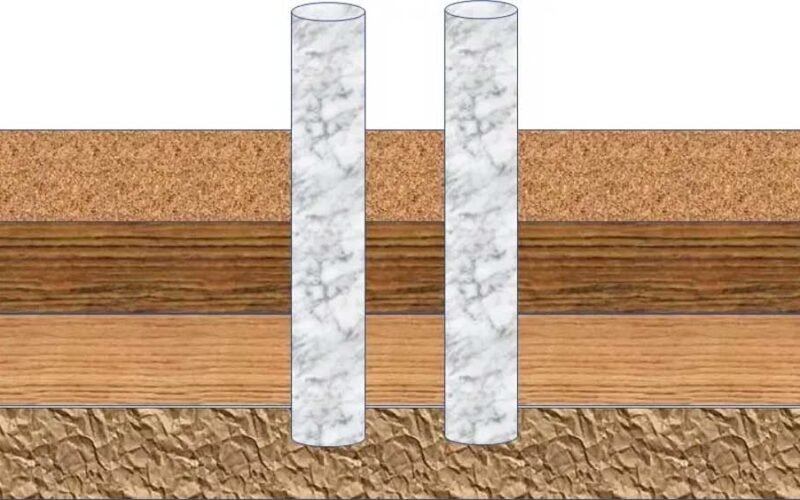Particularly in cases of poor or unstable ground, pile foundations are quite important for sustaining constructions. The choosing of the appropriate pile foundation guarantees the stability, durability, and safety of the construction for years ahead. Given the several kinds of pile foundations already in use, one must be aware of their features and fit for certain projects. Among the several choices, current systems with their efficiency and adaptability helical screw piles have grown very common. This page will go over the elements to take into account while choosing the appropriate piling foundation for your construction.
Evaluating soil conditions
Calculating Load Requirements
Another important consideration is the load the building places on the foundation. Load criteria cover the structural vertical weight as well as any lateral forces, including wind or seismic activity. Pile foundations have to be built to support these loads without sacrificing building stability. Usually requiring piles with great load-bearing capability are heavy constructions like bridges or multi-story buildings. Knowing the load requirements guarantees that the selected foundation can properly and securely sustain the building.
Assessing Site Accessibility and Limitations
Choosing a pile foundation also depends much on the accessibility and restrictions of the building site. Some sites might be in isolated places with difficult terrain or in metropolitan centers with little room. These elements can determine whether some piling techniques are feasible. Driven piles, for example, are less fit for limited sites as they need heavy machinery and enough area for operation. By means of site limitations, one may guarantee that the selected foundation technique is pragmatic and effective, hence reducing disturbance during building.
Considering Environmental Influence
Modern building techniques give sustainability top priority, so it is imperative to take environmental effect of the selected piling foundation into account. Driven piles and other conventional piling techniques can produce a lot of noise and vibrations, therefore upsetting local ecosystems or populations. Furthermore damaging the surrounding area might be large-scale excavation or earth disturbance. One more ecologically beneficial substitute are helical screw piles. Their low noise and vibration during installation qualifies them for jobs close to residential areas or sensitive environments.
Comparing Efficiency and Cost
Any building project depends mostly on cost and efficiency, so piling foundations are not exception. A pile foundation’s total cost will rely on elements like labor needs, materials, and construction techniques. Good installation techniques can speed up project schedules and aid to lower expenses. But since their rapid and simple installation technique makes helical screw piles more affordable for smaller projects or those with strict deadlines. By means of cost and efficiency comparison among many piling techniques guarantees that the foundation satisfies operational needs as well as budgetary ones without compromising quality or safety.
The choice of the appropriate piling foundation determines the lifetime and stability of any kind of construction. Builders may make wise decisions catered to their projects by analyzing soil conditions, knowledge of load needs, site limits, and environmental effect. Combining environmental benefits with simplicity of installation, solutions like helical screw piles provide a flexible and effective choice for modern building. Speaking with professionals guarantees that the selected foundation technique provides a consistent, dependable basis for the construction and fits project objectives.










